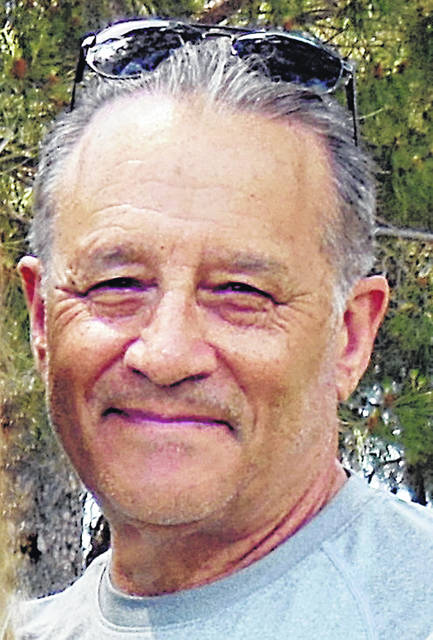
John R. Lewis will rest peacefully on the right side of history. In physical stature, he was relatively small, only 5-6. In character though, he was a giant. And character was his destiny.
Lewis’ story is well known by now. Son of a sharecropper, he wanted to be a preacher. But when the civil rights storm of the 1960s intensified, Lewis’ righteous character kicked in, and he was swept up in the vortex of the movement. He was a part of a team of African American leaders who left their mark in history. Growing up in an era of the Jim Crow South and racial segregation, he helped to found and then chair the SNCC (Student Non-violent Coordinating Committee). I was pretty young at the time, but I do remember my older brother, as a college student, committing himself to SNCC’s cause, a vehicle for students to participate in the civil rights movement. SNCC was lifted up with the help of the Southern Christian Leadership Council and Dr. Martin Luther King Jr.
Congressman Lewis was one of a half dozen African American leaders to organize the 1963 March on Washington, speaking just before the Rev. King’s “I Have A Dream” speech. But Lewis was probably best known for leading the peacefully intentioned 1965 Selma March over the Edmund Pettus Bridge, later dubbed “Bloody Sunday.” Lewis was clubbed to unconsciousness with a fractured skull as Alabama state troopers, along with large numbers of deputized allies of sheriff Jim Clark, attacked the marchers with clubs and dogs.
Lewis inhabits the same pantheon of modern civil rights heroes as Dr. King, Ralph Abernathy, Hosea Williams, Rosa Parks, Nelson Mandela, Thurgood Marshall, James Meredith, James Farmer among several others. How unexpectedly coincidental that another titan of the movement died the same day, another one of the Selma march leaders and early advisors to Dr. King, C.T. Vivian.
Vice President Pence called him a “giant,” “whose selflessness will inspire generations.” President Barak Obama said, “He loved this country so much that he risked his life and his blood so that it might live up to its promise… (and), I told him I stood on his shoulders.” Vice President Biden said, “He was himself — a man at peace, of dignity, grace and character.”
The commemorations of these historical civil rights leaders should remind Hillsboro residents of the “March of the Mothers,” the 55 mothers and students who repeatedly marched from their Lincoln School in the 1950s into the Ohio Civil Rights Hall of Fame.
An article in The Times-Gazette (Oct. 13, 2017) reminded us that, “After the landmark Brown v. Board of Education decision in 1954, the segregation of schools based on race was deemed unconstitutional. When Hillsboro schools failed to immediately follow the court’s ruling, a number of African American mothers from Hillsboro, organized under the leadership of mother and activist Imogene Curtis, participated in a peaceful march each morning to Webster Elementary school for two years, only to be turned away each time. Aided by the NAACP, the case went to the U.S. Supreme Court and became the first northern test case of the Brown v. Board of Education decision. The case was then used in other northern cities, such as Boston and Cleveland, to end segregation in their schools.”
And here we are, 66 years after Brown vs. Board of Education, the tumultuous years of the civil rights and voting rights movements, still struggling over Black Lives Matter. George Floyd didn’t volunteer to be another icon, but ipso facto, he’s become one.
John Robert Lewis, “the Conscious of Congress” was a preacher after all. In spite of all the brutality and racial injustices that he endured, he was committed to change through non-violence. “There’s something cleansing, something wholesome, about being peaceful and orderly… but there are still invisible signs buried in the hearts in humankind that form a gulf between us,” he said. “Too many of us still believe our differences define us instead of the divine spark that runs through all of human creation.”
Bill Sims is a Hillsboro resident, an author, and runs a small farm in Berrysville with his wife. He is a former educator, executive and foundation president.


